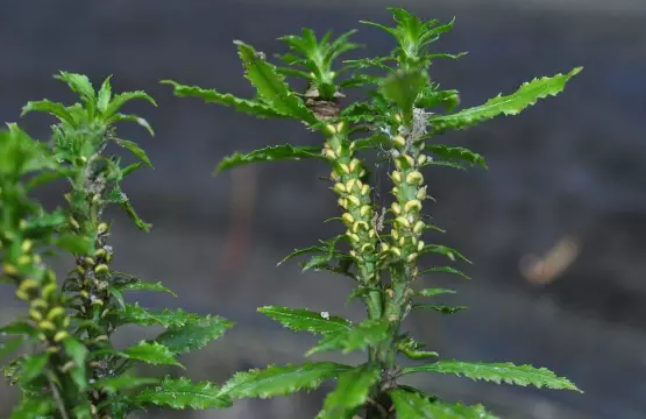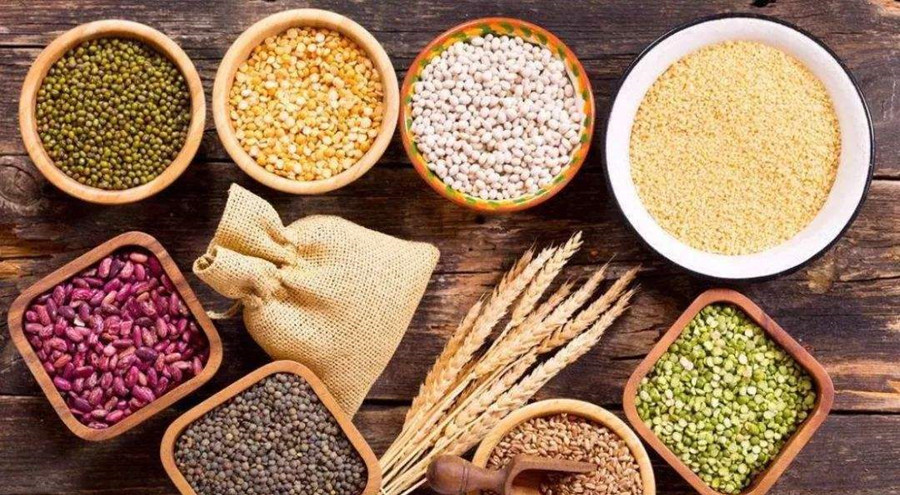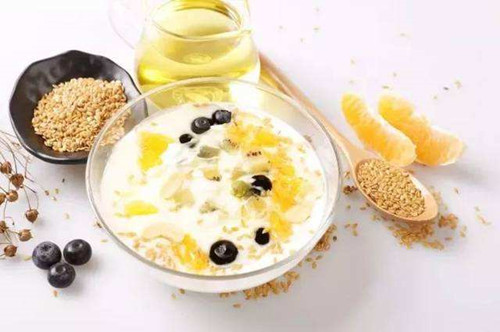What is huperzia serrata extract good for?
Huperzia serrata, or L. serrata, is a perennial fern native to China in the family Huperia, with erect stems, 2 to 4 bifurcated branches, and long oval leaves arranged in spirals. Huperzia serrata has several bioactive compounds, including lycopodium alkaloids, triterpenes, flavones and phenolic acids. It is a popular herbal preparation that has been used for centuries to treat many illnesses, including Alzheimer’s disease and age-related memory loss. The herb contains numerous alkaloids and triterpenoids, including lycodoline and serratinine. Among these, Huperzines are the most studied and have shown promising effects on cognition in animal models, in addition to the anti-inflammatory effects, it also has the ability to cross the blood-brain barrier.
One compound in huperzia serrata, huperzine A, is a chemical that comes from Chinese club moss (Huperzia serrata) or fir club moss (Huperzia selago) plants, is an herb used in Chinese medicine. It is marketed as a dietary supplement to improve brain function, is a potent natural cholinesterase inhibitor. It is extracted from the leaf of Huperzia serrata and is standardized to contain 1% Huperzine A. This naturally-occurring alkaloid is non-GMO, gluten-free, and vegan. The chemical huperzine A has a high affinity for acetylcholinesterase and inhibits its activity by up to 20%.
The compound Huperzine A is an important molecule in the herb and is responsible for its pharmacological properties. It may have some benefits in the treatment of age-related memory loss, Alzheimer’s disease, and some inflammatory conditions. It is a powerful acetylcholinesterase inhibitor and is extracted from the Huperzia serrata plant. It is an extract of the middle part of the plant and is found in a yellow to white crystalline powder. It is soluble in methanol, chloroform, and water. Its high lipid solubility makes it capable of penetrating the blood-brain barrier. Studies also suggest that Huperzine A protects neurons from glutamate-induced cell death, and can be incorporated into an alzheimer’s prevention and treatment program.
Huperzine A is also a powerful nootropic compound that supports learning and memory. It also has neuroplastic effects and increases the production of certain neurotransmitters. The antioxidant huperzine A is also found in many over-the-counter supplements. This supplement is a great way to boost the brain’s function without risking your health. If you’re concerned about side effects, you’ll want to consult with your doctor before taking any pills. It has been found to improve the brain’s memory and cognitive function. It is also considered safe and has few adverse effects. Besides being non-toxic, it has many other benefits. If you’re taking Huperzia serrata extract, you’ll need to find out how it works for your body.
Huperzine A and Epilepsy
Huperzine A is a reversible cholinesterase inhibitor with selective inhibition of cholinesterase. High biological activity, have higher fat-soluble, small molecules, easy through the blood-brain barrier, after entering the central mainly distributed in the brain’s frontal lobe, temporal lobe and hippocampus are closely related with learning and memory areas of the brain, in low doses of acetylcholinesterase have a strong inhibitory effect, make the distribution area of neural synaptic cleft acetylcholine content increased significantly, resulting in increased neurons conduction, The excitatory effect of strengthening learning and memory brain region can improve cognitive function, enhance memory retention and promote memory reproduction.
Scientists at Emory University School of Medicine have found that huperzine A increases resistance to seizures induced in a mouse model of inherited epilepsy. Andrew Escayg, associate professor of human genetics at Emory University School of Medicine, showed that huperidine A normalizes the balance between neuronal inhibition and excitation in patients with SCN1A mutations, thereby preventing seizures. “The phenomenon observed in normal mice suggests that huperzine A may increase resistance to other forms of treatment for seizures. While these results are exciting, further research is needed to determine the appropriateness of huperzine A as a clinical treatment for epilepsy.” Escayg said.
Huperzia serrata is a natural medicine that is widely available and used in many countries. It is a natural plant with many benefits. It has been used in traditional Chinese medicine for thousands of years, some of these compounds are used in pharmaceuticals and are found in related plants. They are a great source of antioxidants and other essential vitamins. There are many patented and over-the-counter versions of huperzia serrata.
Riotto botanical co., ltd. is a professional manufacturer and supplier of plant extract and nutritional ingredients from China and has been in this field for more than 11 years. If you are looking for a reliable huperzia serrata extract powder supplier, you have come to the right place, please contact [email protected] for further discussion.















 The quality of a pumpkin seed protein is similar to that of whey. Pumpkin seed is low in lysine and threonine, but it is still high in other nutrients. Despite the differences, it has the potential to revolutionize the vegan protein market. With its superior nutritional value and superior taste, pumpkin seed protein is a plant-based alternative that rivals non-vegan protein.
The quality of a pumpkin seed protein is similar to that of whey. Pumpkin seed is low in lysine and threonine, but it is still high in other nutrients. Despite the differences, it has the potential to revolutionize the vegan protein market. With its superior nutritional value and superior taste, pumpkin seed protein is a plant-based alternative that rivals non-vegan protein.


